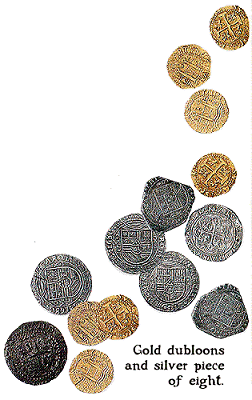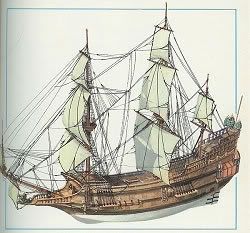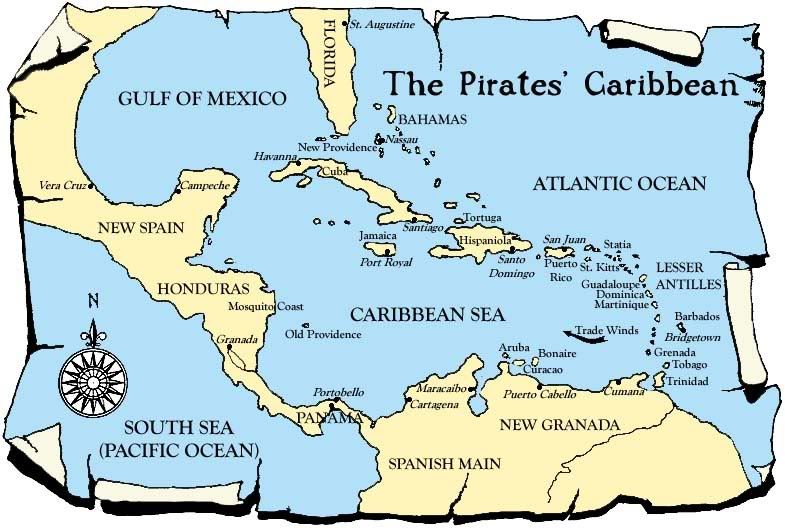
Posted on Monday, April 16, 2007, 12:00AM
You've no doubt heard about the subprime mess in the mortgage industry. That's the bad news.
But there's a flip side: Even though there's trouble in the subprime market, bankers haven't stopped lending money on good real estate to sound investors.
How Subprime Went Down the Drain
Instead of quivering in fear of a real estate crash, savvy investors need to ask what led to the subprime disaster and how they can profit from it. Here are some of the causes:
1. Early in 2001, the crashing stock market caused Alan Greenspan to drop short-term interest rates to 1 percent. Instead of the stock market roaring back, the residential real estate market took off.
2. Pension fund managers -- the people who collect your 401(k) money, for example -- needed to find returns that were higher than those in the stock or bond markets, so they began lending money to hedge funds, private equity funds, and large mortgage firms.
In other words, the people you entrusted your retirement savings to were willing to invest it in riskier ventures just to get you a higher return.
3. China and other foreign nations were willing to finance our national debt, our war, and our lifestyle. Foreigners loaned us money to invest or to use to buy their products.
4. This led to five types of foolish or unsophisticated investors, who drove up the price of real estate, which led to the boom in subprime loans and the eventual bursting of the bubble.
The Usual Suspects
Those five investor types are best illustrated by the following people (and although I've changed their names, they're actual people I met):
• John and Sally: First-time homebuyers
With low interest rates and easy loan qualification, newlyweds John and Sally bought a new house in a bad neighborhood at an inflated price. They signed their future earnings away with a 125 percent loan. With the extra money, they put in a pool and bought all new furniture. Their first child arrived a year later -- and their home has dropped in value.
• Joe and Suzy: Credit card abusers
These folks use their house like it's an ATM. Every time Joe and Suzy get into credit trouble, they refinance their home to pay off their credit card bills. That is, they substitute short-term credit for lifelong debt.
• Ed and Mary: Empty nesters
Ed and Mary are baby boomers whose kids have left home for college. With their extra money, the couple bought a vacation home as an investment. They used the equity in their primary residence as a down payment on the vacation home, and now have two mortgage payments. They're wrongly convinced that the houses are assets, and that real estate always goes up in value.
• Jack and Janice: Bigger is better
Jack and Janice, surprised by the escalation of prices in their neighborhood, sold their home and bought a bigger home in a more prestigious and expensive neighborhood. Today, they're having a tough time financing their (or rather their neighbors') standard of living.
• Fred and Phyllis: The flippers
These are novice investors who think flipping real estate is the way to wealth. Fred and Phyllis have never been through a real estate downturn. Prior to the real estate bubble, they were day traders in dotcom stocks.
In 2003, they became real estate "experts." Believing that real estate always goes up in value, they found a mortgage broker who financed 10 properties with nothing down, with what are known as liar loans.
The problem is, the project Fred and Phyllis invested in wasn't built yet and then ran into construction delays. Rather than go through the pain of selling their 10 homes, the couple turned in the keys and walked away, returning to their day jobs.
A Silk Purse from a Sow's Ear
Does all this make real estate a bad investment? Obviously not, just as a stock market crash doesn't make stocks a bad investment. What it does do is underscore the foolishness of crowds and the mania of markets.
Actually, right now is a great time for real estate investors. Today, in many markets, the price of real estate is still coming down. On top of that, interest rates are low. So the subprime mortgage mess is bad news for sellers but good news for buyers.
As usual, there's an outcry that the government should intervene. But that raises the question of how laws against greed, stupidity, and foolishness are passed and enforced. The fact is that subprime lending will never end -- people with bad credit, or who are greedy and/or excessively foolish, will always find ways to get the credit they neither deserve nor can afford.
Think I'm wrong? This evening, right after a TV news story on the subprime disaster, a commercial appeared encouraging homeowners to buy furniture today and not make payments until 2009. I rest my case.
A Fender-Bender or a Train Wreck?
Last month, Alan Greenspan cautioned the world that a U.S. recession is possible in 2007. If the subprime mess continues to spread and credit dries up, his warning could come true. A recession, along with the ongoing Iraq war, the national debt, and baby boomers retiring in massive numbers, would deliver a severe blow to the U.S. and world economies.
So I recommend that you get into a cash position, and save as much as you can as quickly as possible. The good news is that there will be bargains galore. If you have cash you'll be able to purchase real assets and fancy liabilities such as jewelry, artwork, nice cars, and big homes at cut-rate prices.
Unfortunately, in a recession the people who suffer the most aren't the rich, but the wanna-be rich and the poor. The poor will find it harder than ever to get additional credit, even if they're hard-working, have a decent credit score, and have some cash. The wanna-be rich -- those who are rich in credit only -- will be the ones donating their homes and their bling to bankruptcy auctions, second-hand stores, garage sales, and swap meets.
Many experts and commentators say that the subprime debacle is just a fender-bender in the economic parking lot; others say it's the headlight of an oncoming train. Regardless of which one it is, it represents a great time for bargain hunters to become genuinely richer.
[
Original Article]















